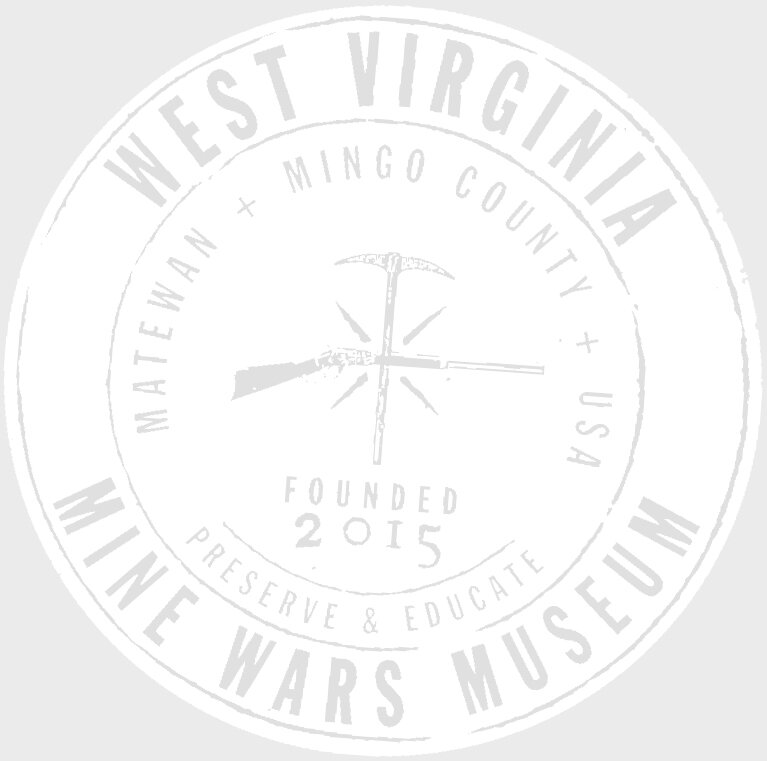This October, the West Virginia Mine Wars Museum will host a three-day organizer training conference with the goal of equipping union members with valuable skills needed to build power. We are calling the conference Camp Solidarity, a homage to the miners who stood up against the Pittston Coal Company in a 10-month strike that began on April 5, 1989.
What caused the strike?
The Pittston Coal Company experienced falling profits throughout the 1980s as a result of the declining price of coal. Pittston turned to non-union miners to avoid paying union wages. The company also decided to negotiate a health and pension benefit contract with the United Mine Workers of America that created a two-tiered retirement scheme - one for miners who had retired before 1974, and one for those retiring after that year. As the company sank further into debt, it abrogated its agreement with the UMWA by reducing health coverage, increasing deductibles, and completely cutting retirement benefits for pre-1974 retirees.
After the agreement expired in 1988, Pittston refused to negotiate a new contract with the UMWA. This decision left 1,500 people, including wives, children, and disabled miners, without access to healthcare. Miners worked for over a year without health and retirement benefits before UMWA International President Richard Trumka called a strike. The strike affected mines in three states in Central Appalachia: Virginia, West Virginia, and Kentucky.
Photo taken by Earl Dotter
The UMWA used civil disobedience tactics to disrupt production, including sit-down strikes to block the entrances of Pittston mines and driving in front of coal truck convoys at low speed. One of the defining moments of the strike was the four-day occupation of the Moss 3 preparation plant by 99 strikers, supported by a crowd that grew to 5,000 people at its height. Though the union urged that protests remain nonviolent, some individuals took matters into their own hands, including slashing tires on coal trucks and police cruisers and firing at trucks hauling coal out of the mines. One common sabotage tactic was the use of “jack rocks,” which were scattered near mine entrances to puncture tires.
Women played a vital role in keeping the strike alive. They were present on the picket lines, and they also set up phone bank networks to procure support and donations for the strikers. A group that identified themselves as the “Daughters of Mother Jones” carried out a 36-hour sit-down protest at the Pittston Coal Company’s headquarters in Lebanon, VA.
Photo taken by Earl Dotter
The Virginia State Police and National Guard were deployed to keep the coal moving, and many miners were arrested. The presence of the state police led some miners to compare Virginia to Beijing, referring to the repression of the Tiananmen Square protests that occurred in June 1989.
Though the strike was difficult for the UMWA to sustain, the rank-and-file maintained their morale. The union and the company reached an agreement in February 1990, in which the union miners saw their health and retirement benefits reinstated.
What was the original Camp Solidarity?
Photo by Earl Dotter
After the onset of the strike, miners gathered on ten acres of land owned by a striking miner in Russell County, VA. Miners envisioned Camp Solidarity as a tribute to the tent colonies that their forebears had lived in during the Mine Wars. At its height, as many as 2,000 strikers and supporters stayed at Camp Solidarity. Camp Solidarity was not just a local affair. One journalist reported,
“Detroit auto workers drove down with $110,000 in cash, part of a few million dollars donated by sympathizers. Building tradesmen kicked in materials and built the camp’s solid-frame structures. Electrical workers from Southern Indiana wired and insulated the place. Chefs from the posh Greenbrier resort in West Virginia cooked meals.”
Rev. Jesse Jackson spoke at one rally at the camp. The strike, and Camp Solidarity, even garnered international attention. Lech Walesa, the leader of the Solidarnosc union and the first president of Poland elected in a free election since 1946, sent a representative to report on the strike. As the strike wore on, the vision of Camp Solidarity spread across state lines, with Camp Solidarity II established in Logan County, WV.
What is the legacy of Camp Solidarity?
James “Buzz” Hicks, one of the leaders of Camp Solidarity, referred to the strike as a “people’s movement.” Indeed, Camp Solidarity represents a high-water mark of people power in Appalachia. Camp Solidarity shows us what people can accomplish when they work together and fight for their rights. The West Virginia Mine Wars Museum strives to honor the spirit of the original Camp Solidarity today.
Learn more at:
https://appalshop.org/shop/justice-in-the-coalfields
https://www.press.jhu.edu/books/title/1048/strike-no-other-strike
https://aflcio.org/2022/1/13/pathway-progress-pittston-coal-strike-1989




